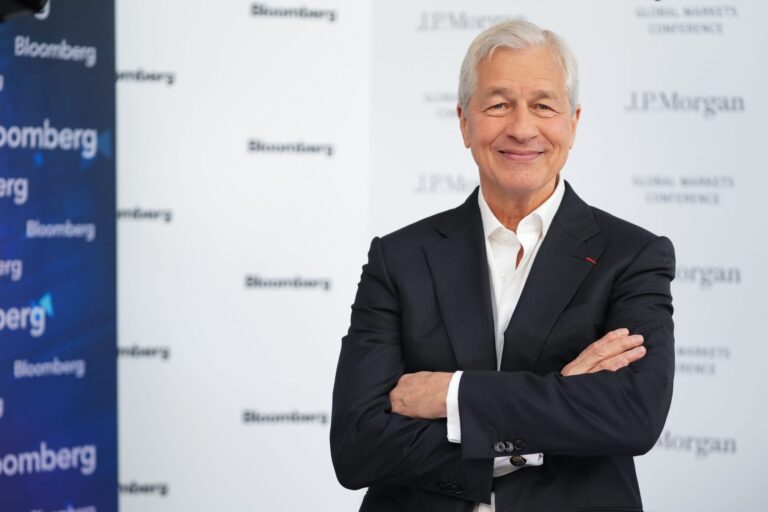Tech News
10 years ago, the most underrated crime movie of the 2010s was a box office failure
For much of his career, Paul Thomas Anderson has excavated the grimy, sun-soaked past of California, the state he was born in and has long called home. In Boogie Nights, he explored the pornography boom of the late 1970s in the San Fernando Valley, a literally over-the-hill region of Los Angeles he’s returned to repeatedly in Magnolia, Punch-Drunk Love, and Licorice Pizza. Even There Will Be Blood, the severe, twisted 2007 epic many still consider Anderson’s greatest achievement, spends most of its towering runtime on the oil boom that partly built Los Angeles.
Most of Anderson’s whirlwind trips through the city he loves have received rapturous applause, and his fascination with California’s odd, tangled history is apparent in every one. However, few of his tours through Los Angeles’ past are filled with as much heartache as Inherent Vice, the 2014 stoner detective dramedy that remains Anderson’s most underrated piece of work. When it was released 10 years ago, Inherent Vice was largely rejected. It grossed only $14 million at the box office against a $20 million budget, received very little serious awards attention, and it remains his least critically adored film.
It deserves far better than that. Standing proudly in the shadows of classic stoner detective movies like The Big Lebowski and The Long Goodbye, Inherent Vice is appropriately hilarious, zany, and haunting. Covered in a smoky haze reflective of both its 1970 LA setting and its shaggy detective’s joint-rolling ways, it’s an ambitious, oft-misunderstood crime film about corruption, loss, and the little victories we must find in a world of constant, immense defeats. It is, perhaps, the most moving and compelling portrait of California that Anderson has yet painted.
A convoluted web of lies, drugs, and ex-girlfriends

Based on the Thomas Pynchon novel of the same name, Inherent Vice is set in 1970. It begins, therefore, in the wake of the 1969 Manson Murders and the societal death of the Free Love movement that those crimes helped facilitate. The remnants of the ’60s are still there, everywhere, but they are in the midst of being paved over by new real estate developments. The California of Inherent Vice is not high on good vibes and sex. It is a hungover, strung-out place of broken dreams and downtrodden hippies stuck between the flower-print bikinis they don’t want to let go of and the “flatland” clothes they feel compelled to don. There is paranoia in the air — everyone is afraid of being viewed as a part of a cult — and a profound sense of loss. The ’60s are dead, and no one’s really over it.
It makes sense then that Inherent Vice begins, like its source material, with its private detective hero, the perpetually stoned Doc Sportello (Joaquin Phoenix), receiving a visit from the ex-love of his life, a reformed surfer girl named Shasta Fay Hepworth (Katherine Waterston). She arrives in his beachside home looking “like she swore she never would,” decked out in a tight orange minidress and boasting professionally done hair, asking Doc to look into a secret plot to throw her married boyfriend, a real estate developer named Mickey Wolfmann (Eric Roberts), into a “loony bin.” Doc agrees, only to end up at the center of a conspiracy involving the FBI, Wolfmann’s new housing developments, a drug-smuggling operation known as the “Golden Fang,” a cocaine-addicted dentist (Only Murders in the Building star Martin Short), and an undercover police informant (Owen Wilson) whose staged death has separated him from his wife (Jena Malone) and daughter.

Doc’s investigation is both aided and hampered by Lieutenant Christian F. “Bigfoot” Bjornsen (a career-best Josh Brolin), a longtime frenemy of Doc’s whose “renaissance cop” demeanor and tightly cropped flat-top haircut mask a pain that’s only ever alluded to in Inherent Vice. The film is overflowing with memorable side performances, including not only Brolin’s, but also those given by Benicio Del Toro as a marine law attorney who helps Doc out of legal problems on the side and Joanna Newsom as a caring friend of Phoenix’s P.I. who also narrates Inherent Vice. While the film’s surface-level pleasures include its perfectly tuned, appropriately wacky supporting performances and its many neo-noir mysteries, though, the heart of Inherent Vice is Doc’s estranged relationship with Shasta.
The latter disappears not long after she hires Doc. Brolin’s Bigfoot tells Doc over the phone that Shasta has “gone all groovy on us,” and her presence haunts Doc for much of the film. In one easy-to-miss, heart-wrenching moment, Doc is informed that Shasta is listed on the passenger manifest of the drug-smuggling boat the Golden Fang, and he proceeds to look out his window with a pair of binoculars — searching the nearby ocean for her. Anderson cuts from this shot to a close-up of Waterston’s Shasta, bathed in red light on the Golden Fang, looking back in Doc’s direction. Later, Doc receives a postcard from Shasta reflecting on a moment when the two of them got caught in the rain together near an undeveloped lot. Neil Young’s Journey Through the Past plays, leading into a smooth cut from Doc’s memory to him discovering that the same undeveloped lot from all those years ago has been turned into the paved site of a gaudy corporate building.
A case of heartbreak

Shasta does eventually return in Inherent Vice‘s most disturbing and enigmatic scene. She appears, seemingly out of thin air, back in Doc’s apartment. This time, though, she’s wearing a loose T-shirt and a pair of swimsuit bottoms, and sporting just-woke-up hair. She looks, in other words, like she used to when she and Doc were together, but there’s a sorrow in her voice that makes her muted, paranoid demeanor in Inherent Vice‘s opening scene seem happy by comparison. She brags about how Mickey decided to share her with his friends and goads Doc into having sex with her. Afterward, when Doc asks where she’s been, she says, “I went on a boat ride. They told me I was precious cargo that couldn’t be insured because of ‘inherent vice.’”
“‘Inherent vice,’ in a marine insurance policy, is anything that you can’t avoid,” Newsom’s Sortilège informs us. “Eggs break, chocolate melts, glass shatters.” In Inherent Vice, we’re dropped into a post-’60s world where that policy is extended to everything. Relationships fracture, cultural movements die, highs fade. It may never be stated in the film, but we’re given enough information about Shasta’s previous life to infer that she was a hippie girl who wanted to be an actress before the events of the late ’60s scared her away from that “groovy” path. When Inherent Vice begins, she has gone straight. She’s changed her look and coupled up with a rich capitalist who she sees as a safer choice than a stoner like Doc. That idea is destroyed when Mickey treats her like a piece of property — one to be passed around and handled like cargo that will inevitably break.
So she returns to Doc and tries to be the person she used to be again. But she can’t. That time is over, even though it still haunts her and Doc so much that it feels sometimes like they’re still in it. How does that work? How can you miss a place you’re still standing in? Or a person you can still see? Or who you used to be? Inherent vice is mostly right. Everything breaks, and everything ends. Except, of course, heartbreak, and except, of course, love. Early in the film, Doc smokes a joint and wonders not only why Shasta and him got together in the first place, but also why they broke up. His love for her continues like they’re still together, even though they’re not, and Anderson articulates this contradiction in one beautiful voice-over line from Sortilège: “Does it ever end? Of course it does. It did.”
A journey through the past

Ever since it was released, Inherent Vice has been criticized for its overly convoluted plotting. Doc’s investigation is, to be fair, so confusing as to seem nonsensical. Trying to keep up with it is, especially on a first viewing, a grave mistake. It is a film to be felt, first and foremost, and only understood over time. Even when you do, its plot still doesn’t seem to make much sense, and that’s the point. Inherent Vice is set in a heartbroken world, which is just another way of saying one that doesn’t seem to make any sense. While promoting the film in 2014, Anderson said that it is ultimately about “how much we can miss people.”
Doc misses Shasta more than anything, and Inherent Vice misses the ’60s. It misses what they represented and what they promised, and it misses the California they created — one that felt, for a time, like the center of the world. The film’s plot is covered by the thick, impenetrable haze of heartbreak, which Anderson evokes through numerous uncharacteristic dissolves that blend different scenes and memories, the past and the present, together. Underneath that haze is a well of emotions as deep and as vast as the ocean. There’s real pain there, as there should be in a film that wonders how in the world any of us are supposed to move on from the losses and regressions we suffer throughout our lives.
Where do we go when the ’60s end? If they can’t go groovy or straight, then Doc and Shasta decide to go the only way they can: away. And Inherent Vice tells us that maybe the best any of us can hope for in the end is that, wherever we go, we don’t have to go there alone.
Inherent Vice is streaming now on Max.
Tech News
SK Hynix dips after record profit misses lofty expectations

Nvidia’s main supplier of high-bandwidth memory posted an operating profit of $5.6 billion in the December quarter, after a 75% rise in revenue. Read More
Tech News
Jamie Dimon calls Elon Musk the ‘Einstein’ of our time—said they reconciled and ‘hugged it out’
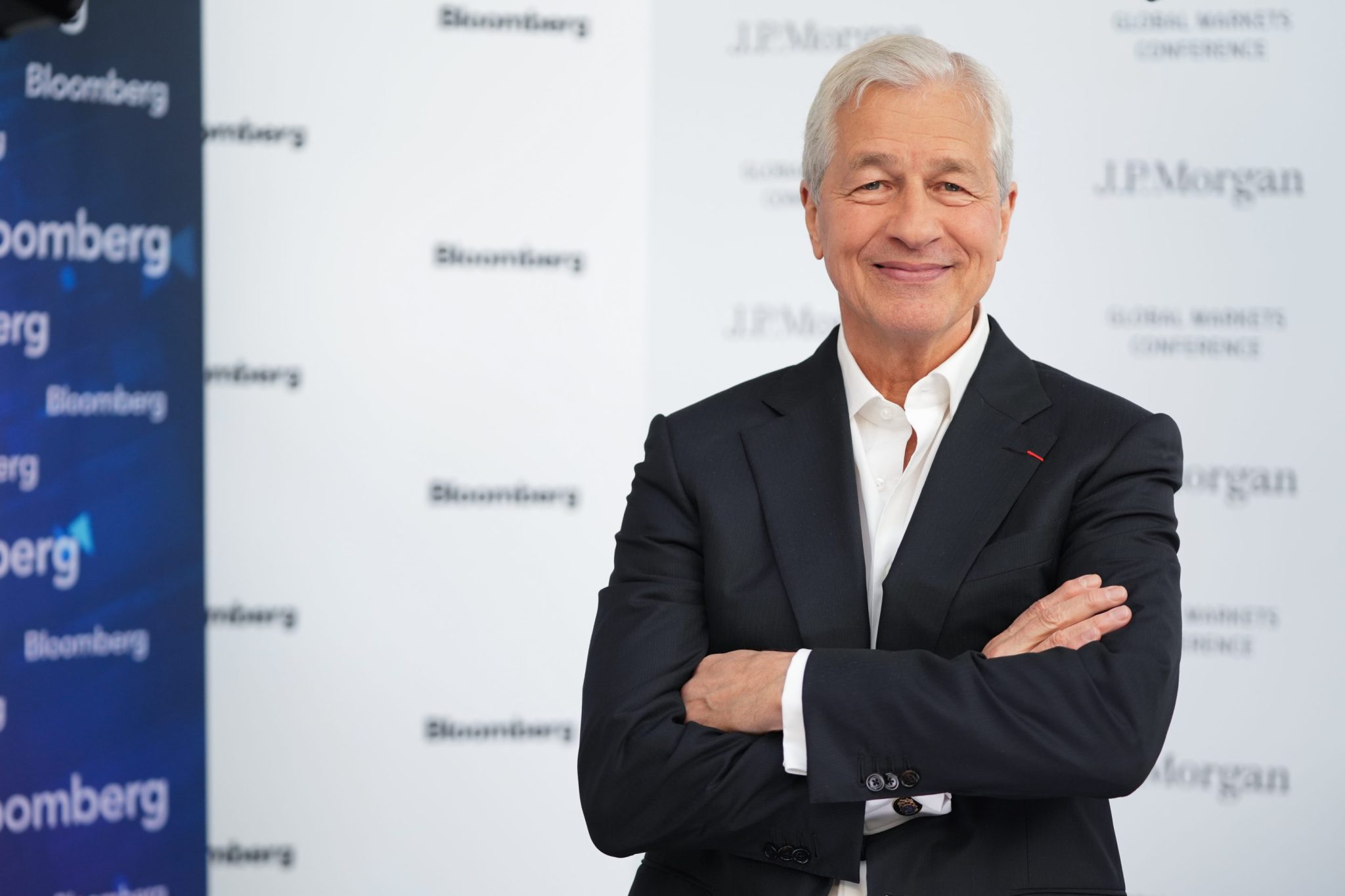
The pair have had a testy relationship for nearly a decade. Read More
-

 Tech News1 month ago
Tech News1 month agoHow Costco’s formula for reaching uncertain consumers is pushing shares past $1,000 to all-time highs
-
Tech News1 month ago
Quentin Tarantino thinks movies are still better than TV shows like Yellowstone
-
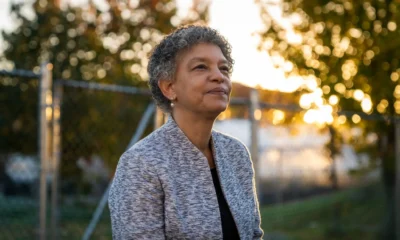
 Tech News1 month ago
Tech News1 month agoInside the FOMC: Boston Fed President Susan Collins on changing her mind, teamwork, and the alchemy behind the base rate
-
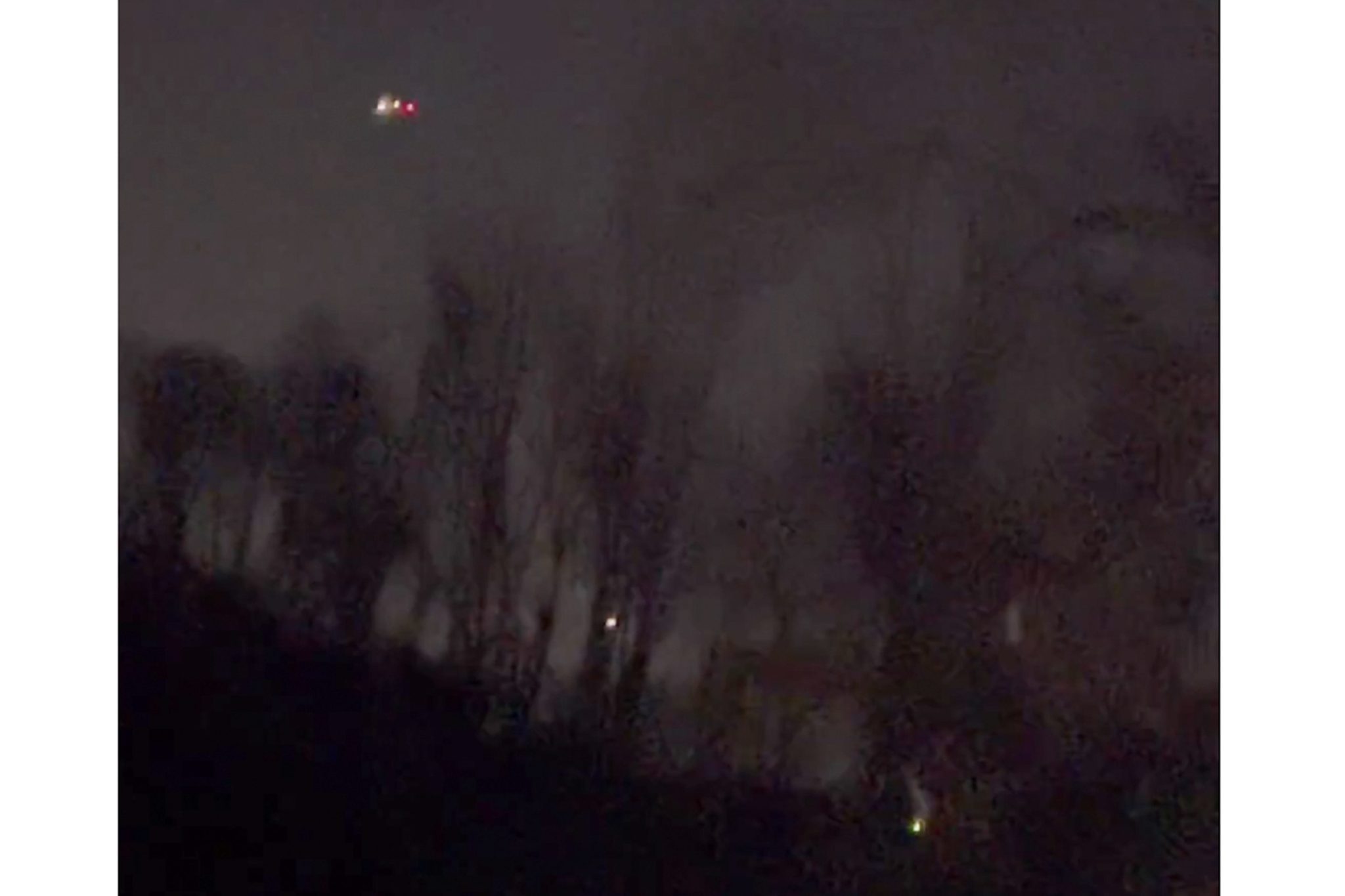
 Tech News1 month ago
Tech News1 month agoTrump and members of Congress want drones shot down while more are spotted near military facilities
-

 Tech News1 month ago
Tech News1 month agoLego bricks have won over adults, growing its $10 billion toy market foothold—and there’s more to come
-

 Tech News1 month ago
Tech News1 month agoXi Jinping urges Macau, the world’s largest gambling hub, to diversify away from casinos
-
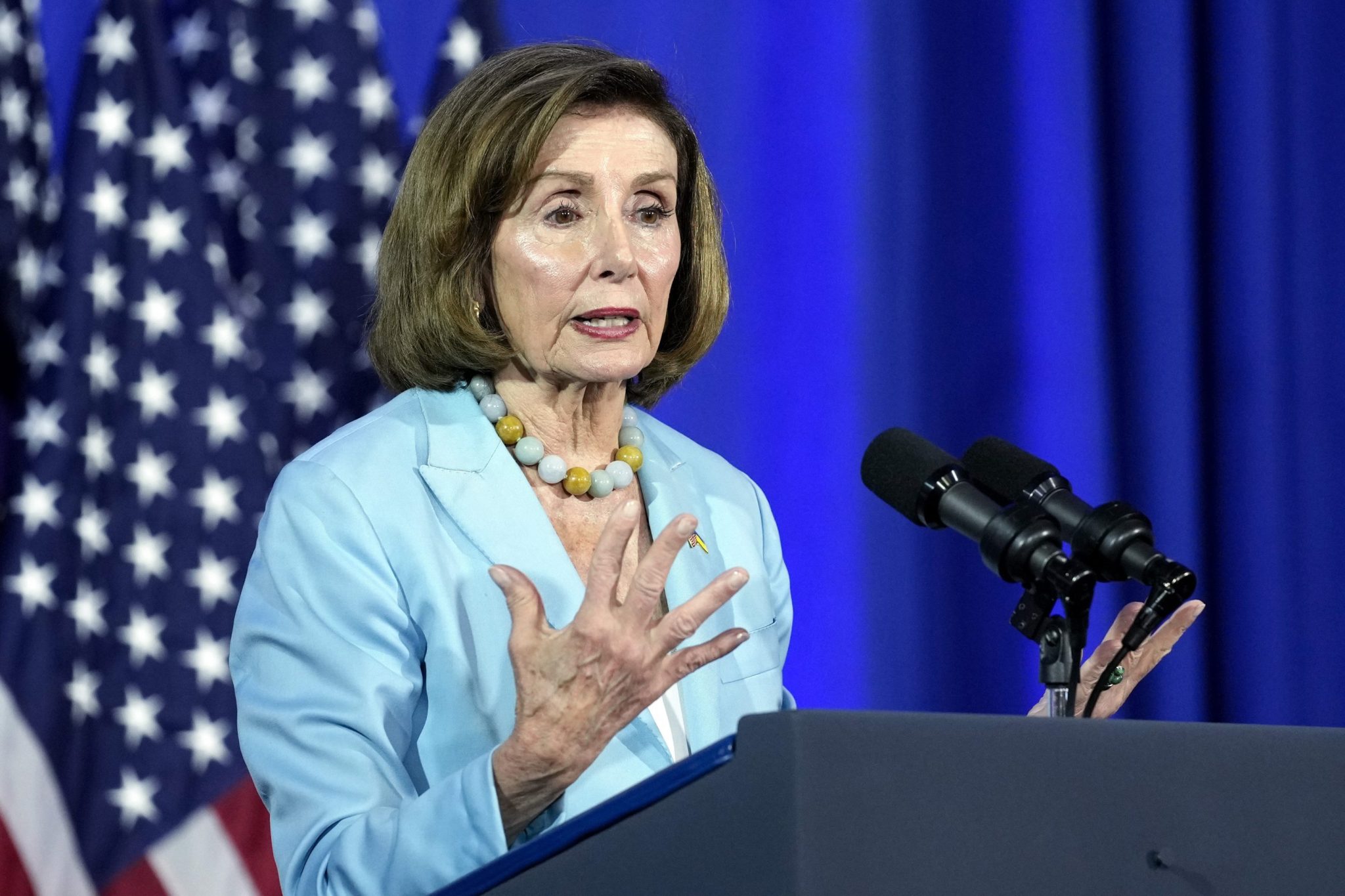
 Tech News1 month ago
Tech News1 month agoNancy Pelosi has hip replacement surgery at a US military hospital in Germany after falling at Battle of the Bulge ceremony
-

 Tech News1 month ago
Tech News1 month agoHundreds of OpenAI’s current and ex-employees are about to get a huge payday by cashing out up to $10 million each in a private stock sale



